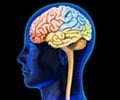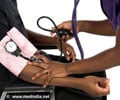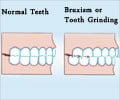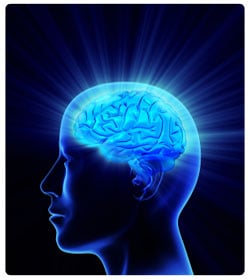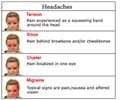- Williamson, DA. Biofeedback. In: Bellack, AS, Hersen, M, editors. Dictionary of Behavior Therapy Techniques. 1st ed. USA. Pergamon Press Inc.; 1985.
About
Biofeedback is a feedback system where changes in physiology are detected and controlled. It is very helpful in treatment of many disorders, especially anxiety, migraine & blood pressure.
Biofeedback refers to a number of clinical techniques which provide feedback concerning the changes in a particular physiological response that the patient is unaware of, so as to enable the patient to modify the physiological response and to deal with it.
The aim of biofeedback is to make a person who is in an anxious state to become aware of the physiological changes and self manipulate to be in a relaxed state. The term is derived by combining ‘bio’ with ‘feedback’ where bio refers to physiology of the body and feedback refers to messages or information sent back to the source by becoming aware of these messages. Therefore, biofeedback means to become aware of the messages coming from the body, so that they can be altered.
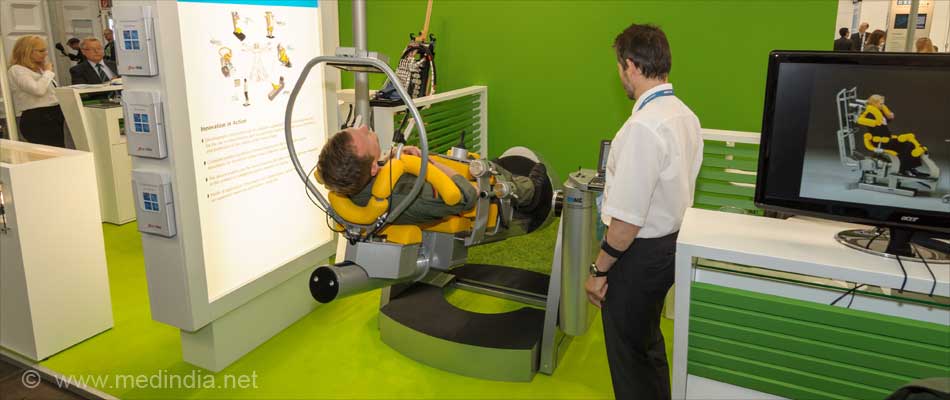
The first step is to understand which muscle groups in the body becomes tense when the person is in a in a state of anxiety Once this realizations sets in the next step is to use this finding, along with the help of any relaxation technique, to relax these muscle groups consciously. This mechanism helps the patient to consciously try and reduce or alter the physiological changes that occur frequently under stressful conditions.
Researchers have developed biofeedback systems and equipments to accomplish the feedback mechanism. There are three steps in the biofeedback process:
- The first step includes creating awareness about the physiological changes taking place within the body in a particular state.
- The second step involves transforming this awareness into signals, usually with the help of a biofeedback machine.
- The third step includes utilizing these signals to control the physiological state and alter it to normal or relaxed physiological state.
However, all this requires concentrated training. The patient is trained in relaxation techniques, usually deep breathing and/or PMR (Progressive Muscle Relaxation), to aid in altering the physiological changes. Feedback is usually provided using sensory - either visual or auditory - modes of presentation. In some cases both sensory modes are used simultaneously.



